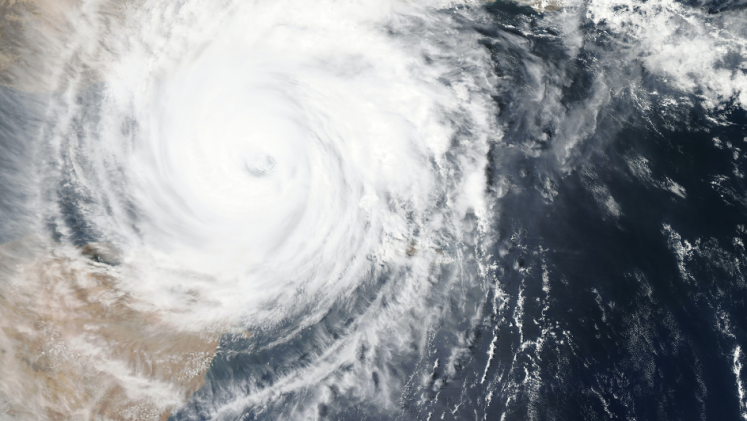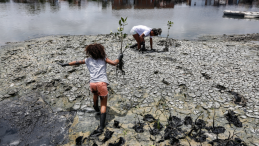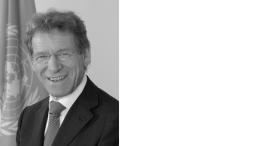The Sendai Framework for Disaster Risk Reduction 2015-2030 is a 15-year plan that was adopted by the United Nations Member States in March 2015. It aims to reduce existing risks, prevent the creation of new risk and increase resilience. A Midterm Review report has been published, and from 18-19 May 2023 a High-Level Meeting on the implementation of the Framework will take place.
The Framework is named after the city of Sendai, Japan
In 2011, a massive earthquake and tsunami struck the eastern part of the Japanese coast, including Sendai. The disaster claimed over 15,000 lives and caused widespread destruction, prompting the international community to prioritize disaster risk reduction. The Sendai Framework builds on the earlier Hyogo Framework for Action, which was adopted in 2005 and also focused on reducing disaster risk.
Four key priorities are at the heart of the Framework to strengthen resilience and reduce disaster risk
The priorities are: understanding disaster risk, improving governance to manage it, investing in risk reduction for resilience, and enhancing preparedness for effective response and recovery. These priorities are meant to help "Build Back Better" after a disaster occurs.
The Framework identifies seven global targets to be achieved by 2030
These targets are aimed at reducing the number of deaths, people affected, and economic losses caused by disasters, as well as increasing the number of countries with national and local disaster risk reduction strategies. The framework also aims to increase the availability and accessibility of disaster risk information and early warning systems, strengthen international cooperation and improve the resilience of critical infrastructure and essential services.
The Sendai Framework acknowledges the importance of addressing the underlying drivers of disaster risk
Tackling root causes such as poverty, inequality, urbanization, climate change, and environmental degradation are key. The Framework also emphasizes the need to promote sustainable development and to integrate disaster risk reduction into all sectors and policies. The framework recognizes the importance of promoting gender equality and the empowerment of women, children and vulnerable groups, who are often disproportionately affected by disasters.
The Sendai Framework is closely linked to other international agreements
Among such agreements are the Sustainable Development Goals and the Paris Agreement. The framework is intended to contribute to the achievement of these broader goals by promoting disaster risk reduction as a central component of sustainable development.
The Framework's Midterm Review calls for integrating disaster risk reduction into development plans and urges collaboration between stakeholders
The review highlighted that while some progress has been made, significant challenges remain. It emphasized the need for increased investment, stronger political commitment and improved governance to efficiently manage disaster risks and emerging risks such as climate change and pandemics. Recovery is still poorly understood and typically a lower-priority aspect of risk management policy and practice. Supporting “building-back-better” is an emerging challenge for the Sendai Framework.
Suggested citation: "6 facts on the Sendai Framework for Disaster Risk Reduction," United Nations University, UNU-EHS, 2023-05-16, https://unu.edu/ehs/article/6-facts-sendai-framework-disaster-risk-reduction.




